Fields of my ancestors
A trip to my grandfather's home village in rural China
(I met Richard, a reader of this newsletter, and a writer of his own newsletter, when I was in Taiwan. He spent a day generously showing me around his neck of the woods, which was probably one of the most educational days of my recent travels. I met him again two months ago in Japan, and he offered to write a piece on visiting his relatives in China.
I hope to return to China next month, given how interesting I found my brief time there, but until then, I would like to offer a few pieces by people who know it better than me, and speak the language.
I am taking a month long non-travel rest, but I leave January 26th for a round the world trip that now is planned to includes Dubai, Mumbai, Hong Kong, Guangzhou, Beijing, Seoul — assuming all the visas arrive. So the next few posts will be a little different, but I promise this newsletter will soon get back to its core walking new cities ethos. Until then, thanks to everyone and a happy New Years!)
“The Sunset is unlimited in it’s beauty, but sadly it also foreshadows the coming dusk.” (Tang dynasty poem by Li ShangYing. )
A visit back to BaoYing county in JiangSu Province was a trip I had in mind for a while now. The pandemic probably delayed it by a good 2-3 years, so when I met Chris in Taiwan and got to know his work a year plus ago, and when he later asked if I wanted to write a guest post, this was the first place that came to mind.
This was the second time I visited Baoying, which thanks to political and infrastructure developments that have only really materialized in the last fifteen years, is now a much easier trip to make from Taiwan. 1
My first trip back was a brief run-through seven years ago in early winter with my father. This time, I returned on my own in early summer and explored it more fully.
This trip had a lot of personal meaning to me, but it also gave insight into what rural China actually looks like today. This has been a hot topic with many bad takes on both extremes. It is also a place that even Chinese travelers don’t have on their radar, as there are almost no serious tourist attractions within the county.
Although I admire Chris’ ability to take long walks around the places he visits, time and geographic constraints made it only practical that most of the trip was done driving, a difficult proposition for people who aren’t long-term residents of the People’s Republic, 2with some walking on the side.

For those that need a brief reminder of the history, there was a civil war in China in 1945-49 ( or one could say there was a 100-year civil war from 1850-1950 with several phases and brief interludes in between.3) The final outcome of this civil war was the establishment of the People’s Republic, with the original Republic of China’s government retreating to Taiwan with a large army and population 4 (a result that still has serious reverberations today).
Predictably, it means that a very large part of the citizenry of China, if they can track their family history (something most families with any means would like to do) would probably see some serious refugee movement within their extended family tree at some point during that period.
My families are deeply woven into that history, and being a historically conscious guy I have done my part to look back and retrace the various parts of that history. History is one of those things that reminds me of the quote from the Kingdom of Heaven movie where Saladin, in response to being asked what’s Jerusalem worth, said “Nothing…… and everything.” I’m sure many more intellectual folks would concur.
My paternal grandparents hail from Baoying County, a part of China that is incredibly representative of pre-modern China for most Chinese, a very flat plain that’s almost all farmland, with parts of the Grand Canal passing through. The name BaoYing in literal translation is “Treasures Promised,” referring to the original founding story of a Buddhist nun from this area submitting several treasures to the Imperial Court way back in the Tang dynasty, 1200 years ago.
The most prominent feature of the area is, of course, the Grand Canal, which was first completed a few centuries before this county received its name. 5Historically it was the bloodline of the empire, as it connected the northern and southern regions economically, and thus also made it more feasible to maintain a state as large as the various dynasties of historical China.
Even today, large volumes of bulk carrier traffic pass through these ancient man-made waterways, which move volumes comparable with the Mississippi River. 6
However, though there are a few towns along the canal that historically made their living off of its existence, the vast majority of folks in Baoying were always part of traditional farming communities cultivating rice, wheat, and other foodstuffs.7
I visited my grandfather’s home village within that county,8 a small village called 蘆村, or more literally, Reed (the plant) Village.
My grandparents were born into these farming communities. Although technically my grandfather was born to a wealthy landlord family 8, both of them would end up spending most of their lives up until 1949 in Shanghai working in factories.
This was the 1920s-1940s in China, so anyone with some common sense history would deduce it was a wild and harrowing ride for much of this time. They went back and forth between Shanghai and Baoying quite a bit. My eldest uncle was born in their old home village, and during the Japanese invasion, they ended up spending a lot more time back in Baoying.
Postwar, the Communist-Nationalist conflict broke out almost immediately, and my grandfather was an acquaintance with some of the local KMT politicians through connections via workers’ unions. This prompted him to take up their offer and leave for Taiwan, although that is a story for a different day. Eventually, my grandparents and their two kids (they would have two more kids in Taiwan, including my father) were able to meetup and reestablish their lives in Taiwan. 9
It was an open secret even back then that while the civil war left China and Taiwan shut off from each other, and China itself from much of the world, those who had families on both sides largely managed to maintain communication lines through Hong Kong during the next three decades, so that when the iron curtain finally began to lift in the 1980s, they were able to finally go back to visit their ancestral homes one last time late in their lives and reunite with many family members.
When my grandfather returned to Reed Village, around 1990, he donated money to pave a small road and install other small infrastructure around the village. Today there is still a monument there, and the road he donated is named after him.
The extended families who had stayed in Reed Village were primarily those from my grandfather’s sisters’ lines. One of them was my father’s cousin and thus my extended uncle, the man I am standing with in the picture below. He managed to set up a pretty successful factory afterward in the city of Zhenjiang and later retired back to the village.
So he was the main person I wanted to meet up with for this visit.

For a trip such as this, the primary place one must visit in this culture is the ancestral graveyard. Ancestral worship is the center of Chinese religion and culture in general, and thus it is also for me that part of this trip must include a visit to my great-grandmother’s tomb. My uncle’s mother (my grandfather’s sister) is also buried right next to her.
My uncle walked with me through the village that afternoon, and I returned the next morning and walked a bit more myself. It was a small village of course.10 It was more populated during the last century due to the various communist policies that were more favorable to the countryside. But at the same time, it looked a bit better to me than when I was last there seven-plus years ago.
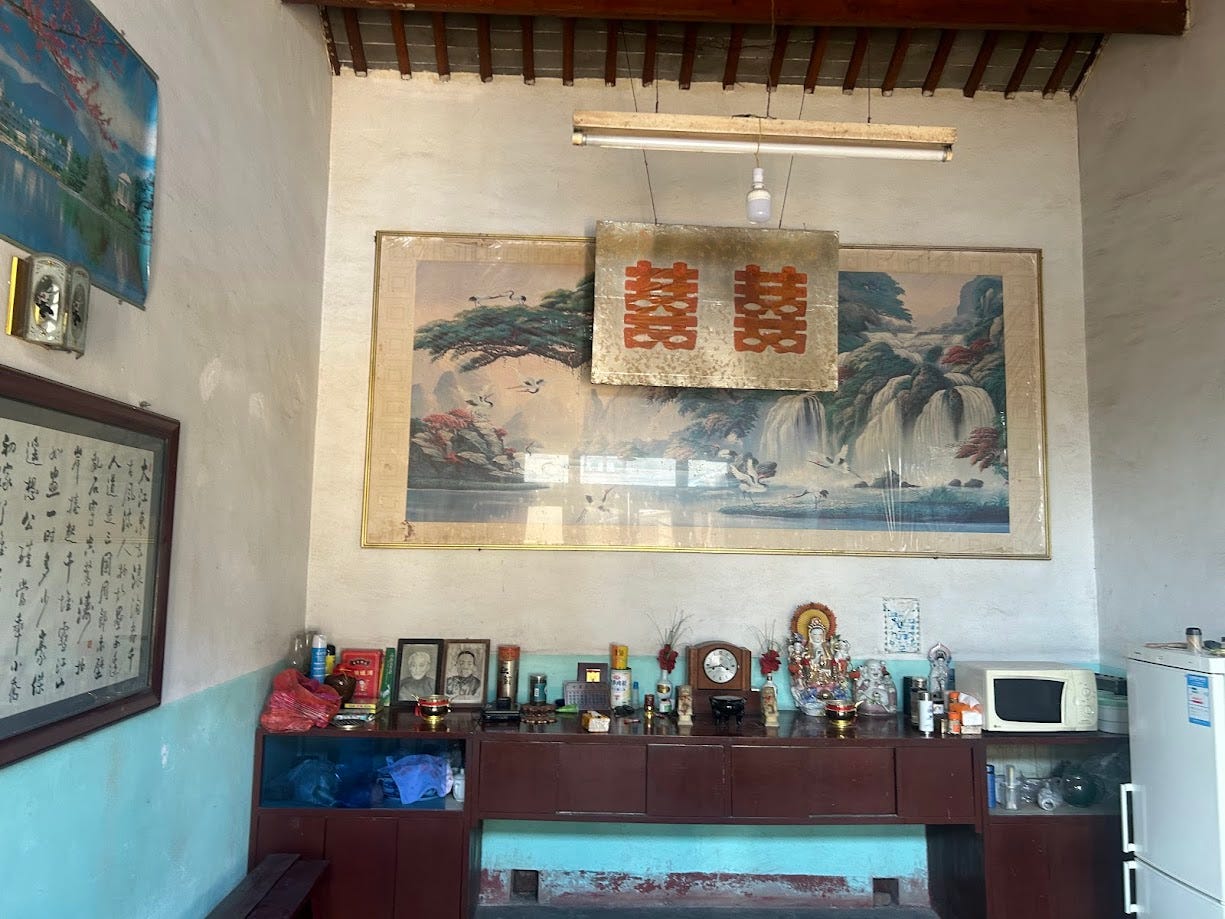
During the Mao era until the end of the last century, policies in the People’s Republic were considerably more focused on the rural parts of China, which meant that most villages had some sort of state-run factories/workshops even after the infamous collective farming system broke down. Indeed my uncle was the local village factory director when my grandfather returned to visit late in his life. Today the factory lies in ruins almost right next to my uncle’s house.
The village itself is a combination of buildings from several different eras. On the main road are relatively more modern buildings, probably from the early 2000s. A good chunk of the village are still older buildings from various parts of last century, while the schools looks like they’ve been updated pretty recently.
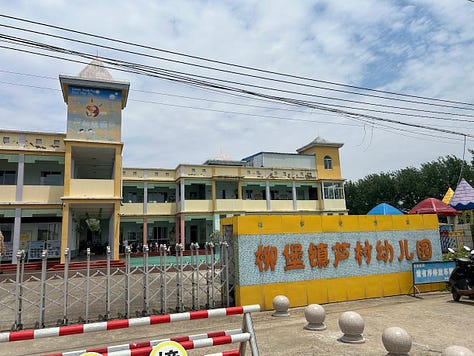
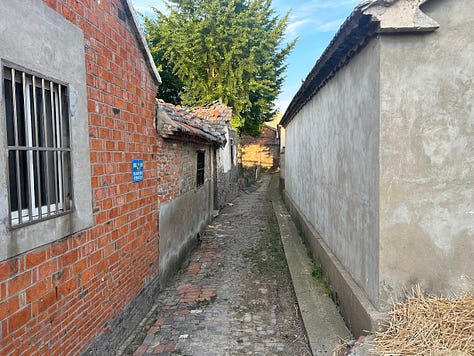
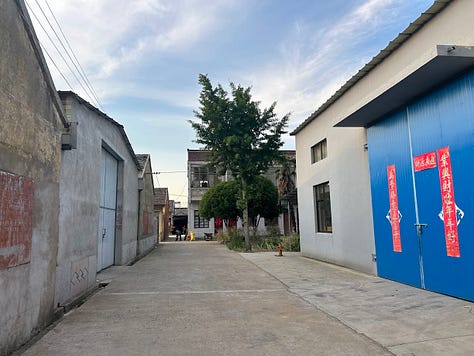
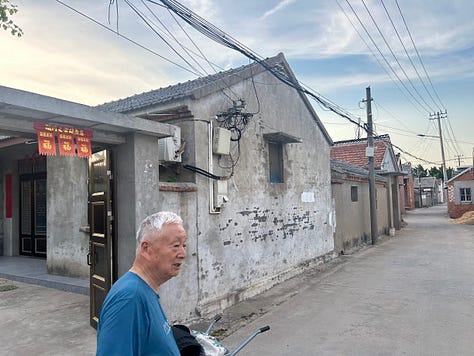
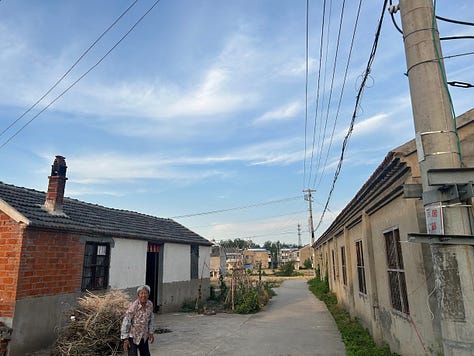
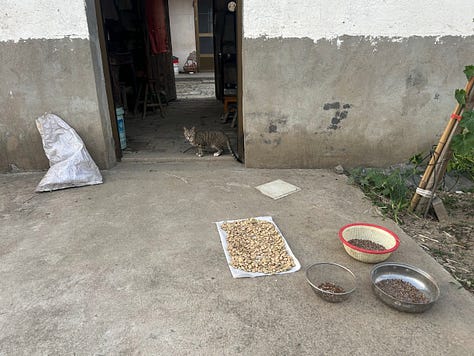
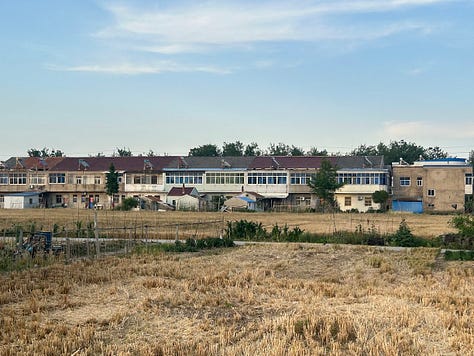
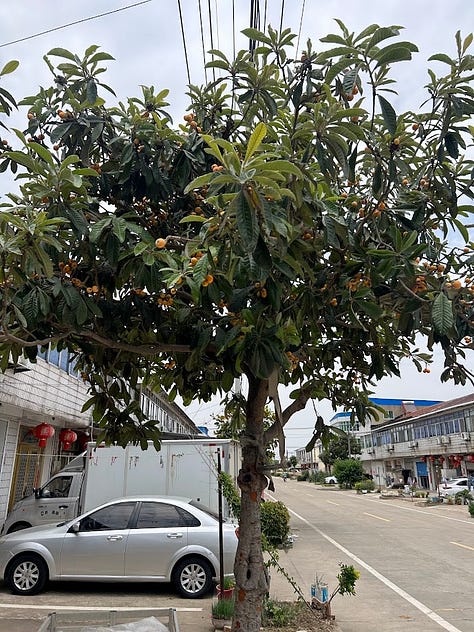
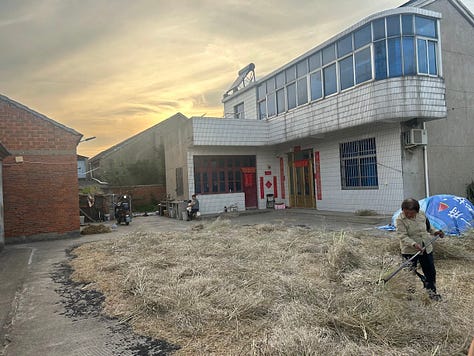
Part of my trip included driving around the county of Baoying. Most rural counties in China are set up with a county town with its namesake, and Baoying is no different. Many of these towns are now well built and seemingly modern, if still a bit rough on the edges on closer inspection.
The rest of the trip I was driving around the various villages of Baoying, taking some pictures where I thought they were interesting.
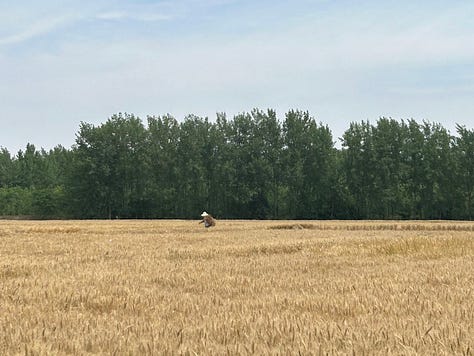
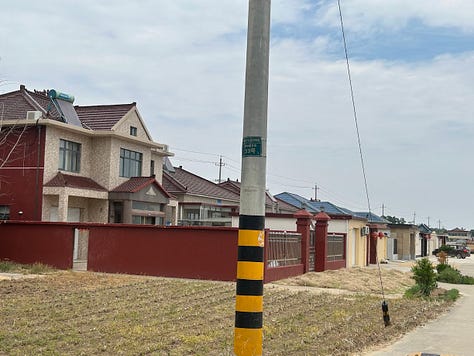
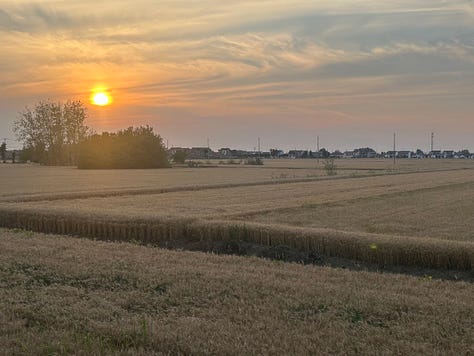
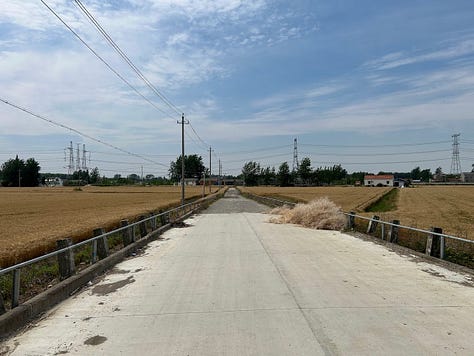
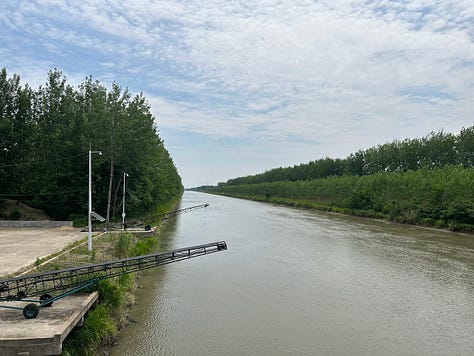
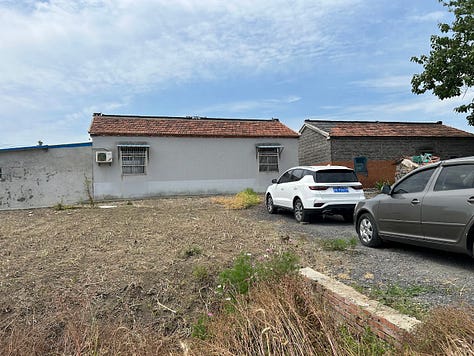
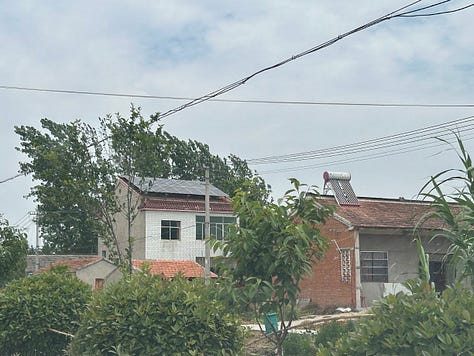
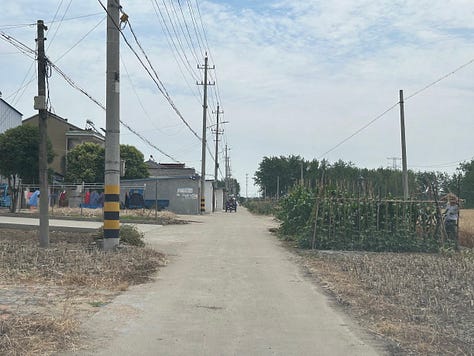
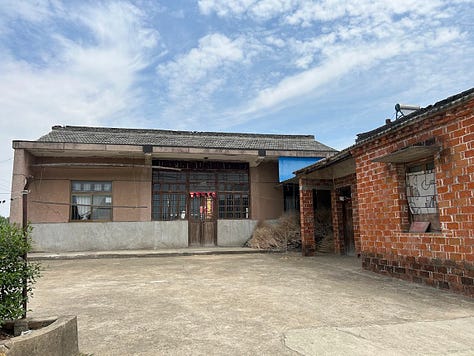
So what are the takeaways? There are areas in China where the rural villages are pretty wealthy and some areas where it’s quite desolated. Baoying and Reed village fall closer to the median from what I can tell in my travels, not wealthy in general, but certainly many have access to things that wouldn’t exactly be a given in places you would categorize as the developing world. Like most farmlands in the more developed world, they are filled with primarily older folks. The schools are largely running out of students. People are uncertain how much longer these villages will continue to exist.
For me, this was a trip back to visit the past, so I would leave debates about the future for the future. But to tag on to some of what Chris focuses on, the village felt like a closely knitted community, where when I randomly walk into small shops or wander around, everyone immediately knew I was an outsider and was curious or even suspicious why anyone would wander around such a bland and common village, but when I brought up my uncle’s name, they immediately knew him.
It was not a lively village, with only a few shops active. It seems there are still a few small working factories/workshops. It has seen better days, as testified by a derelict house very close to my uncle’s which used to be … a disco dance floor. It is very hard to imagine from what I saw today who could have frequented such an establishment back in the day, but it seems back before the early 2000s a lot more of the government offices and relevant workers were in the village.
I learned that my uncle in the village passed away from a heart attack within a month after my visit, which perhaps makes the opening poem I quoted in this article all the more prescient. It was just an ordinary village in an ordinary part of China, but the sunset that day was beautiful as one can see in the opening picture, even if it foreshadows a family history that is slipping away. I am quite sad that I didn’t get to ask all the questions I had that day, as it was just the first time we met and now I never will be able to, but I am reminded of another verse of Chinese poetry, perhaps my favorite of all time, which is also a fitting end to this story.
The rolling river flows ever eastward, its wave wash away all heroes. All success and failures are but a moment of time, the mountains are still there, oh how many sunsets it has seen? ( Ming dynasty poem by Yang Shen, most well known as the common opening poem for the Romance of the Three Kingdom novel.)
Direct flights between Taiwan and Shanghai only become available around 2008. It is hard to imagine now but even in 2007 you had to take a flight to Hong Kong first and then go to Shanghai, which turned a two-hour flight to something well over eight hours.
The PRC does not recognize international driver’s licenses, which means you have to basically get a local one to drive. Many of the local apps and signs either don’t have or are not very well thought out in their English translations. The bar is certainly much lower for folks across the Taiwan Strait whose first language is also Chinese, but still.
There has been serious conflict in China almost nonstop since the Opium War, which directly led to the Taiping Rebellion. The scale of this civil war probably rivaled the world wars by itself and it touched every corner of today’s China and beyond.
When the dust had settled by the early 1950s, over one million people had moved from Mainland China to Taiwan, which had a post-war population of only four million or so after the half million Japanese citizens returned to Japan.
Although various parts of it have existed for thousands of years longer, it was first fully connected during the Tang dynasty’s immediate predecessor, the Sui dynasty.
If I’m reading the online stats correctly, the Grand Canal alone ships three times more freight tonnage than the Mississippi. I’m not expert enough to figure out how accurate this is.
As of now they usually do one season of wheat and one season of rice per year. I happened to arrive just as they were about to harvest the wheat.
Like most places in China, a “small” “rural” county like Baoying has a population of almost a million.
Even though he was probably low-level enough to not face too much risk afterward. His extended family including his mother was largely unscathed in the ensuing decades, at least relative to the times.
Official estimates are around 2000 people, though probably only half of that actually live there regularly.


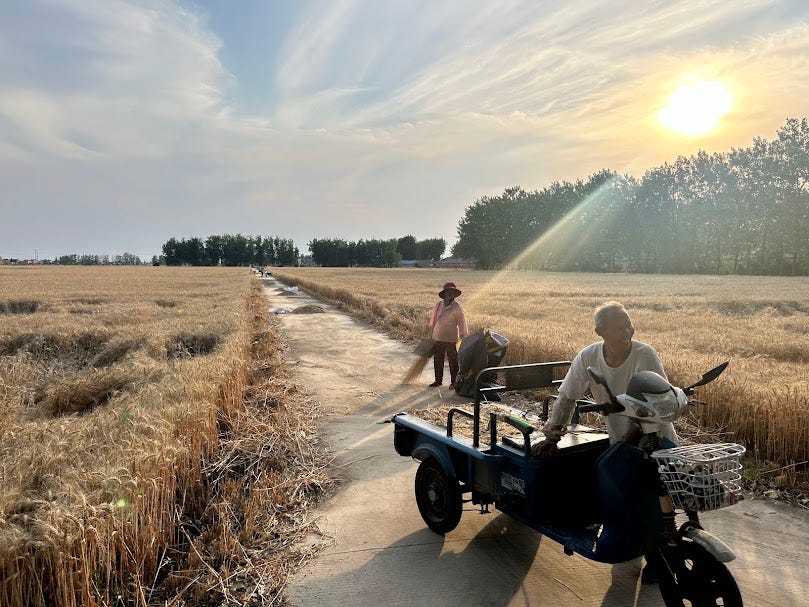

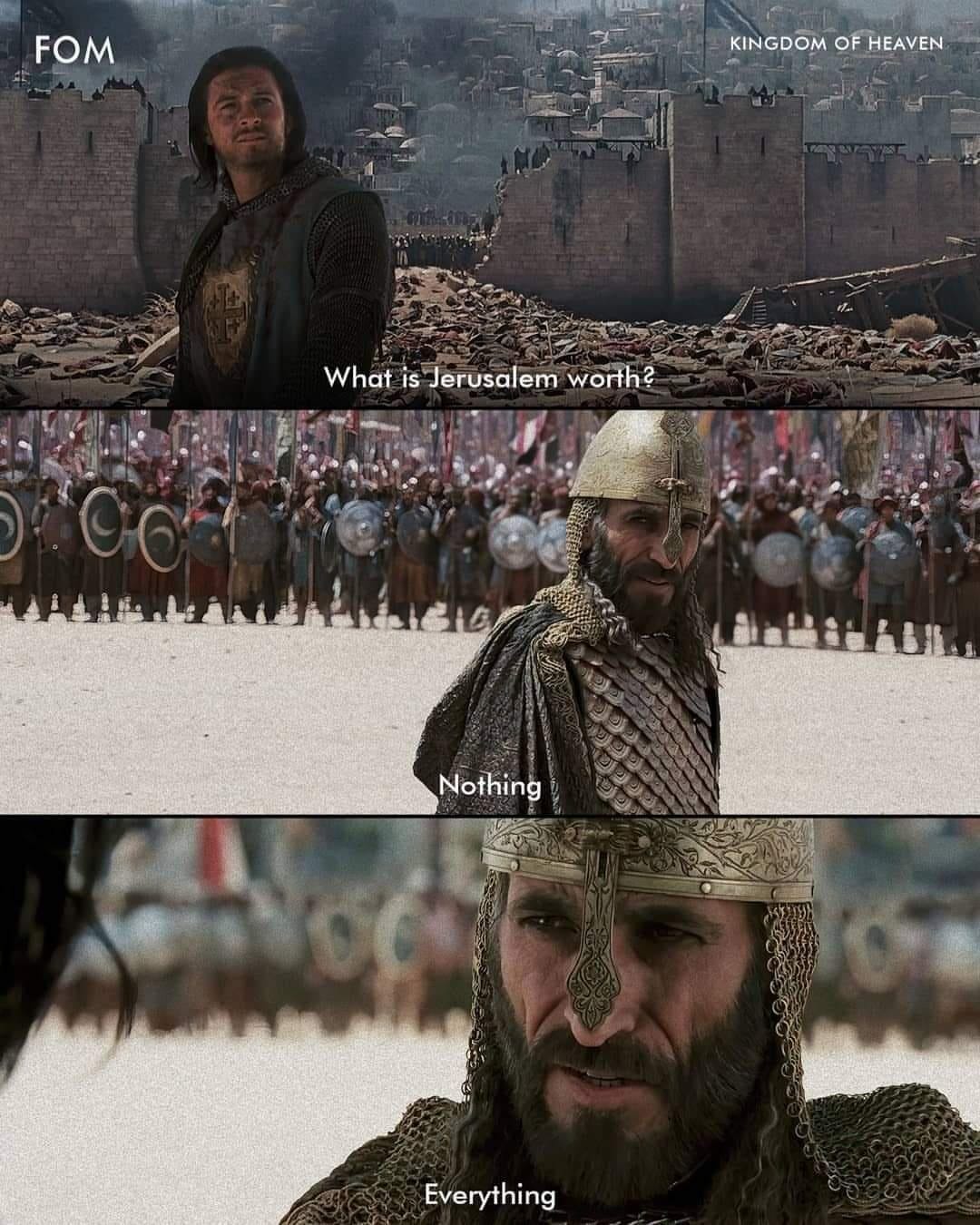

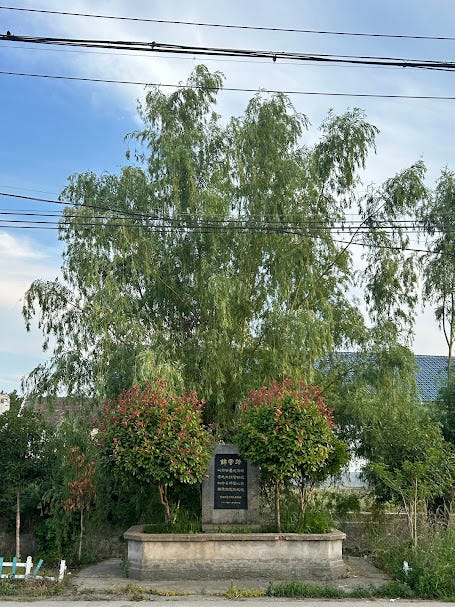
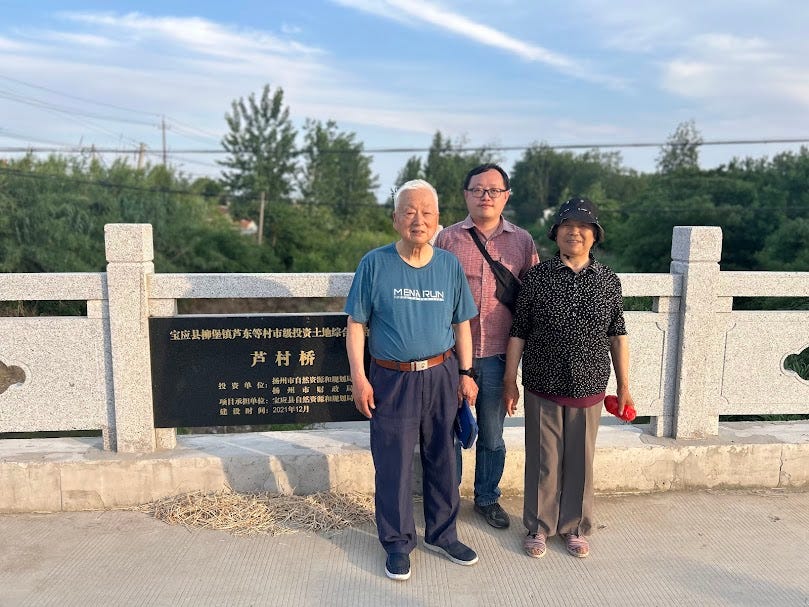
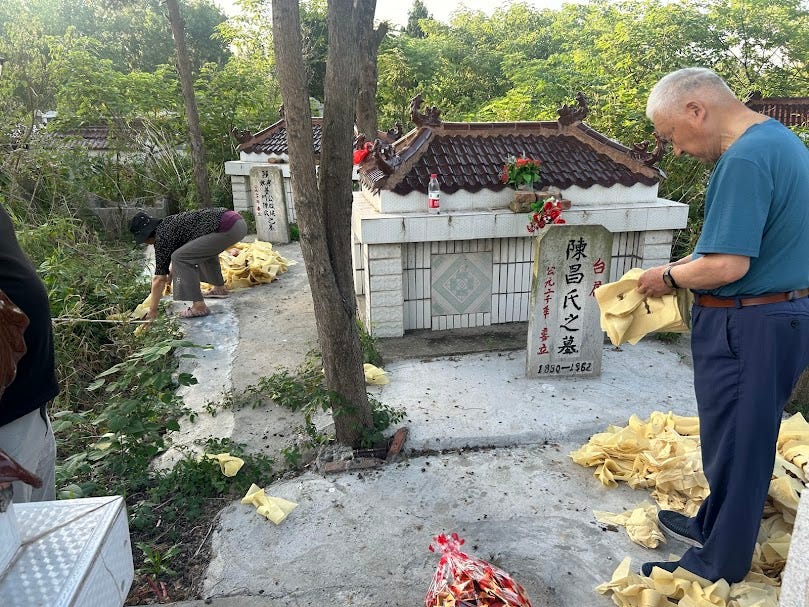
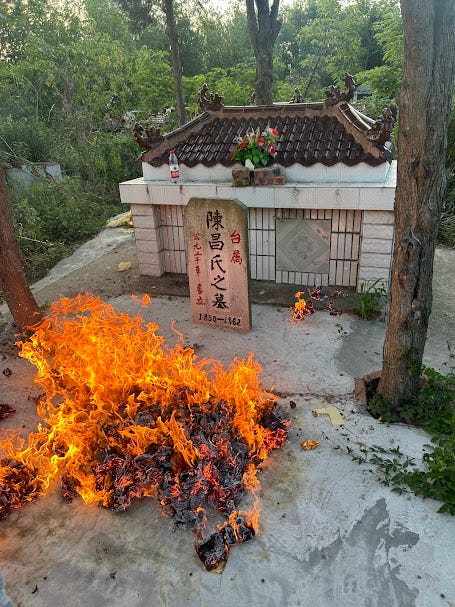
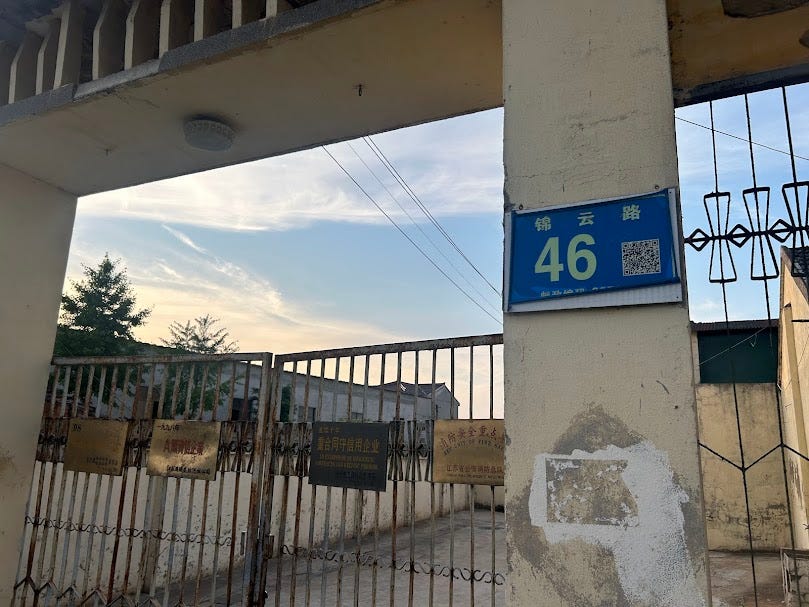
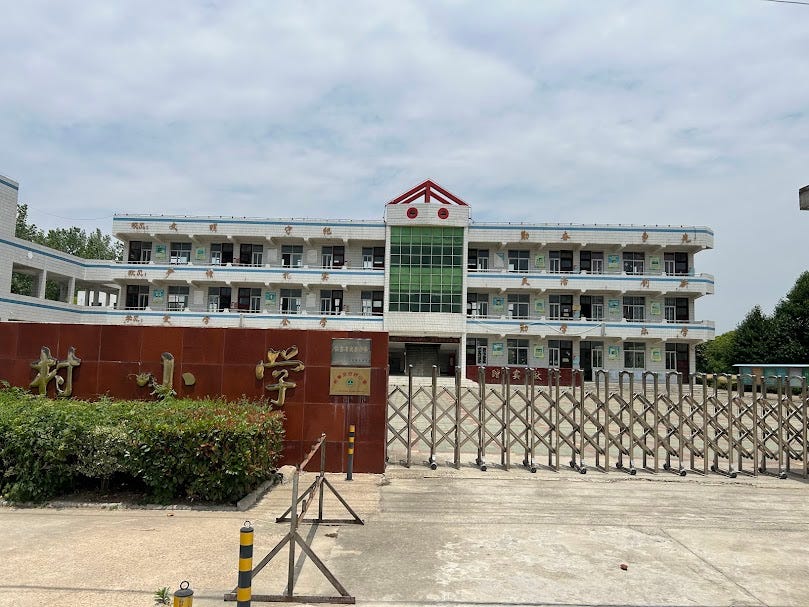
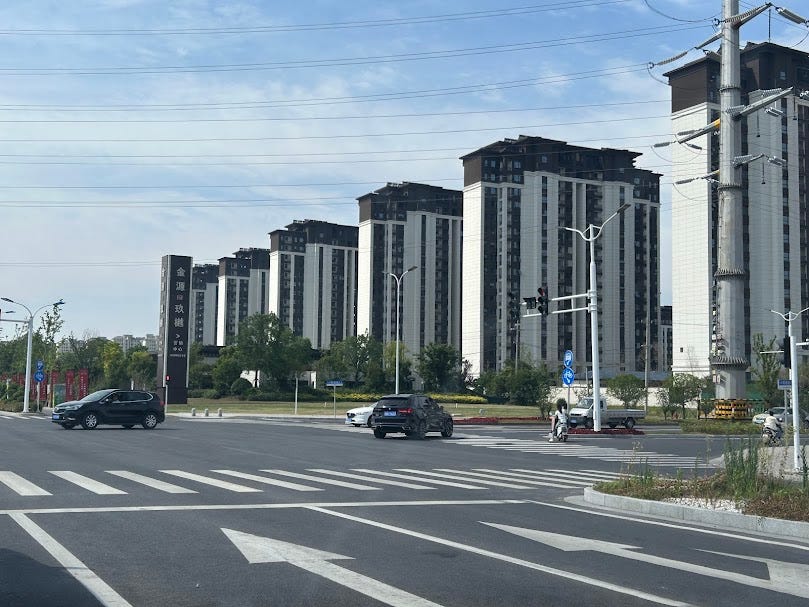
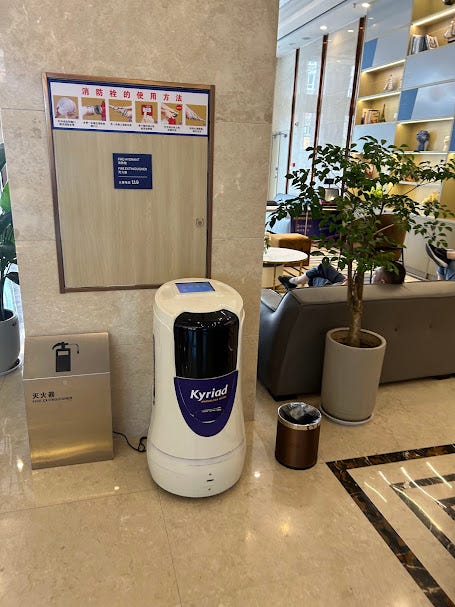

This was a terrific read! Thank you.
Thank you for the fascinating read, Richard! I lived in China for a few years and travelled a lot there, but as a foreigner with no independent transport, little money, and limited Chinese, going out into rural areas was very challenging for me. That's why it's always fascinating to me to read about rural communities, so thank you for writing about your trip! It's always interesting to see how rural culture differs from urban culture, like how there are still large tombs out in the countryside, which as I understand aren't allowed at all in Chinese cities.
I'd be curious to know whether the push the last few years to end rural poverty affected Baoying at all--are all those apartment complexes new?